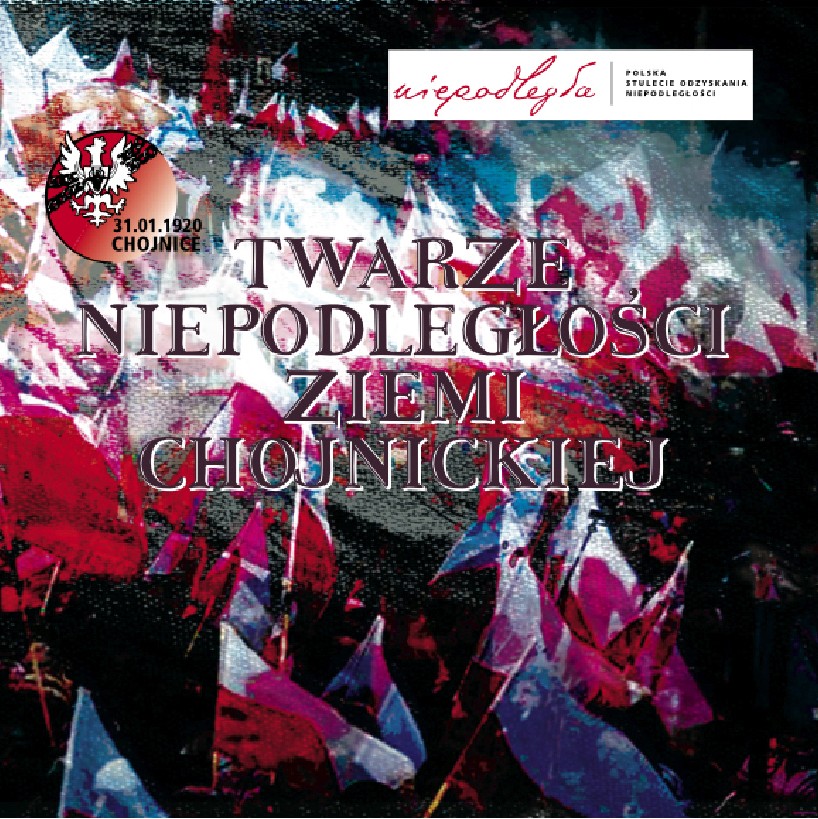
Faces of Independence in the Chojnice area
Faces of Independence of the Chojnice area is an educational publication constituting a compendium of knowledge about the difficult road the inhabitants of Chojnice, and the region of southern Kashubia had to travel between 1918 and 1921 - fighting to regain independence. The non-standard form of the publication consisting of 3 parts is:
- a calendar of historical events in Chojnice and southern Pomerania,
- a set of 24 cards presenting profiles and biographies of people creatively involved in the independence cause,
- a reprint of a pocket copy of the Śpiewnik Pieśni narodowych i obozowych (Songs of the Nation and the Camp) - the first print in Polish in Chojnice dating back to 1919.
The publication aims to broaden knowledge and awareness, especially among the younger generation, of these still little-known pages of the history of Chojnice and the region of that period.
Due to its adopted handy and educational character, the publication is addressed to all inhabitants of the region, mainly children, young people and families. It can also serve as excellent historical and didactic material for school classes and other history meetings devoted to the topic of the creation of Polish statehood in our area at the beginning of the interwar period.
The publication also forms the basis for a broad programme of meetings and museum activities, which can be arranged on an ongoing basis with individual schools, youth groups, children, families and seniors. We encourage the public to learn about the events of 100 years ago, in particular by recalling the achievements of specific individuals dedicated to the cause of the region's independence, including Stefan Bieszk, Rev. Feliks Bolt, Franciszek Gierszewski, Gen. Józef Haller, Helena and Bogumił Hoffmann, Jan Kaletta, Jan Karnowski, Feliks Kopicki, Hipolit Ostoja Lniski, Jan Paweł Łukowicz, Rev. Bolesław Makowski, Maria Matysikowa, Irena Nieżychowska, Władysława Obertyńska-Wolszlegier, Julian Rydzkowski, Franciszek Sędzicki, Anna Sikorska, starost Stanisław Sikorski of Wielkie Chełm, mayor Dr Alojzy Sobierajczyk, Bronisława and Roman Stamm, Antoni Ulandowski, Otton Weiland, Fr Antoni Wolszlegier.
Until April 2021, in the Kurza Stopa tower, there is also the possibility of visiting a thematic exhibition devoted to the creation of the foundations of independence of our city and region, entitled Chojnice and the Chojnice region in the times of the Second Polish Republic.